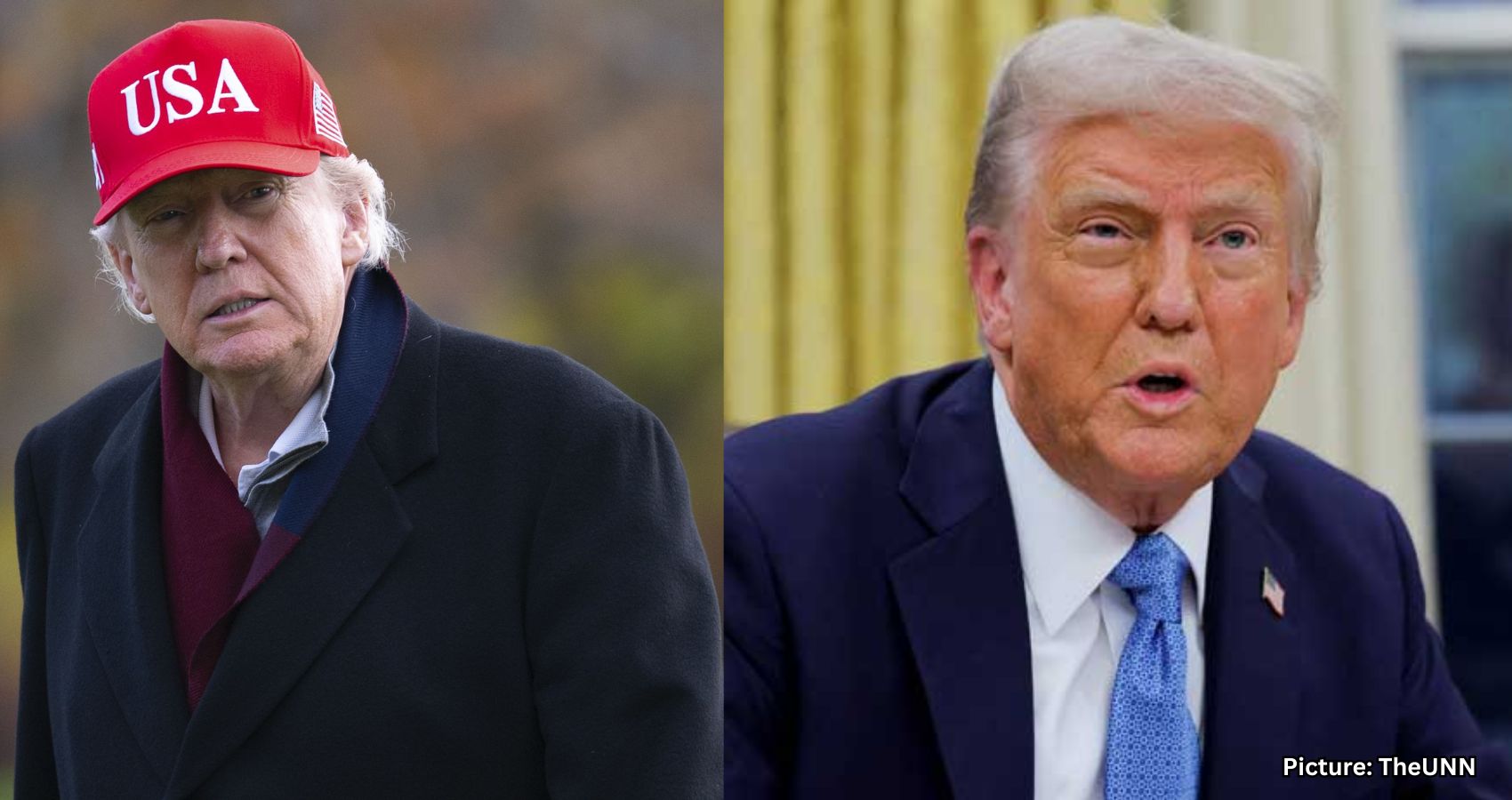Former President Donald Trump is set to unveil a new proposal aimed at reducing health care costs, coinciding with the expiration of enhanced Affordable Care Act subsidies.
Former President Donald Trump is preparing to announce a new proposal designed to address the rising costs of health care as early as Monday. This initiative comes as the administration seeks to mitigate the steep premium increases anticipated from the expiration of enhanced Affordable Care Act (ACA) subsidies.
The forthcoming framework aims to fulfill Trump’s commitment to provide an alternative to the boosted ACA subsidies that currently assist nearly 22 million Americans. However, the proposal emerges amid a backdrop of congressional gridlock, as Democrats have refused to reopen the government without a straightforward extension of these subsidies.
In a recent agreement to keep the government funded through January, Senate Republicans have committed to holding a vote in mid-December regarding the extension of the enhanced subsidies, which are set to expire this year. This political maneuvering has prompted Trump and his team to develop a competing vision for health care.
The expanded subsidies, first introduced in the 2021 Biden COVID-19 relief package, significantly reduced marketplace premiums. If these subsidies expire, premiums could potentially double in 2025, according to the Kaiser Family Foundation (KFF). The Congressional Budget Office (CBO) estimates that an additional 2 million Americans could become uninsured as a result.
Democrats are already signaling their intention to leverage the potential fallout from these changes as a political strategy in the upcoming midterm elections. This tactic mirrors their successful approach in 2018, when Republican efforts to repeal the ACA contributed to the GOP losing control of the House.
The White House has clarified that Trump has not yet finalized his proposal. “Until President Trump makes an announcement himself, any reporting about the administration’s health care positions is mere speculation,” a spokesperson stated.
While the details of the developing GOP plan are still being finalized, it is expected to include a temporary extension of ACA subsidies, albeit with stricter controls. Proposed changes may involve restoring income caps for eligibility, requiring all enrollees to pay some premium—thereby eliminating $0 plans—and potentially redirecting federal aid into Health Savings Accounts (HSAs).
These proposed adjustments aim to address two long-standing criticisms from the GOP. First, the existence of zero-premium plans has led to reports of fraudulent enrollments. Second, middle-income Americans have disproportionately benefited from the enhanced subsidies due to the removal of income caps.
Restoring the income ceiling to 400% of the poverty level, which was in place prior to 2021, would limit assistance for the middle class, a demographic that stands to be significantly impacted if the enhanced subsidies are allowed to lapse.
The proposal to require even low-income consumers to pay a minimum monthly premium is intended to combat widespread reports of brokers enrolling or switching individuals into plans without their consent, often to earn commissions.
Another significant element under consideration is the potential shift toward Health Savings Accounts (HSAs), which would grant consumers greater control over federal assistance. Trump has consistently advocated for subsidies to be paid directly to individuals rather than funneled through insurance companies. This approach aligns with proposals from GOP Senators such as Rick Scott, who suggests allowing individuals to deposit all federal aid into HSAs and purchase non-ACA plans, and Bill Cassidy, who proposes shifting only the enhanced subsidies into HSAs to cover services like prescriptions, doctor visits, and eyewear.
A related proposal from the Paragon Health Institute would enable lower-income consumers to deposit cost-sharing assistance—subsidies that alleviate deductibles and out-of-pocket expenses—into HSAs. The institute also recommends that Congress reinstate federal funding for these payments, which would help lower premiums for specific ACA plans.
In addition to these proposals, other conservative health policy ideas, including expanding access to non-ACA insurance options, may also be featured in Trump’s framework.
As part of the new health care package, Trump is expected to advocate for the implementation of his “Most Favored Nation” prescription drug policy, which ties U.S. prices to lower rates paid in comparable countries. This policy was instrumental in securing voluntary pricing agreements with pharmaceutical companies during his presidency.
Once unveiled, the new health care proposal is likely to reignite a central political debate surrounding the ACA—an issue that has defined U.S. health policy discussions for over a decade.
Source: Original article

